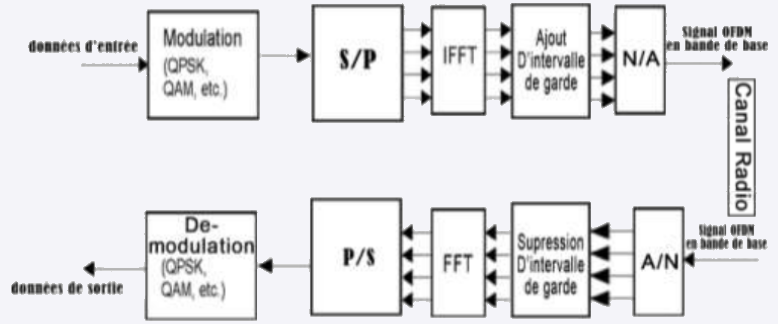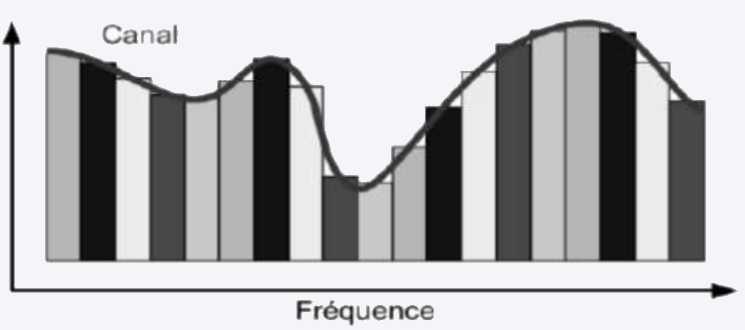5G Technologies
PART A: GENERALITIES
Presentation
During the “5G Technologies” course, taught by Etienne Sicard, the main objective was to explore various topics related to cellular networks, with a focus on the emerging 5G technology.
The course employed reverse pedagogy, meaning that we were responsible for delivering presentations to learn. Thanks to deep research on different subjects, we understood the core technologies of 5G, its impact on society and many other subject
PART B: DESCRIPTIVE PART
Experience Details
Environment and Context
During this course, we discussed a wide range of subjects. I had the opportunity to collaborate with Samia Boukouiss on a presentation about technologies for 6G. We covered various aspects such as 6G applications and opportunities, core 6G technologies, challenges in developing 6G, development timeline and global efforts, and 6G’s impact on society.
I also participated in the presentations of my classmates, including:
- Starlink, Kuiper
- LTE-M for IoT
- Samsung & 6G
- Drone-trains
- Orange and 6G
- Environmental impacts
- 5G: Vehicle to Everything (V2X)
- Cancer & EM waves
- …
Through these presentations, I learned a lot of new things.
My Function
In the practical sessions, I was responsible for:
- Researching and presenting on 6G technologies.
- Collaborating with peers to explore the implications of 5G and future 6G technologies.
- Participating in discussions and practical labs to understand the technical aspects of 5G.
PART C: TECHNICAL PART
This section explores the technical aspects of 5G technologies, focusing on core technologies, applications, and the challenges in developing 6G. Thanks to the presentations of my colleagues and myself, I was able to learn:
Technical Concepts Learned
1. 5G and 6G Modulations
I learned about the different modulation techniques used in 5G and the advancements expected in 6G:
- 5G utilizes principaly Orthogonal Frequency-Division Multiplexing (OFDM) to improve spectral efficiency, support higher data rates, and enhance communication robustness by dividing the bandwidth into multiple orthogonal subcarriers, reducing interference and handling multipath propagation effectively.


However, OFDMA cannot support a large number of mobile devices for 6G generations, other modulation techniquesare expected:
- 6G is expected to leverage advanced modulation techniques such as Orbital Angular Momentum (OAM) multiplexing, which can increase the capacity of wireless communication systems by using the spatial domain to transmit multiple data streams simultaneously.
2. Technologies for 6G
The presentation on technologies for 6G provided insights into the core technologies that will drive the next generation of cellular networks.
- Terahertz (THz) Communication: Ultra-high data rates and low latency. Applications include VR, AR, and autonomous vehicles.
- AI and Machine Learning for 6G: Optimizing network performance and managing data congestion. Applications include smart routing and predictive data demand.
- Quantum Communication and Advanced Security: Enhanced security with quantum-based communication. Uses quantum cryptography to protect data and secure communication resistant to cyber-attacks.
- Visible Light Communication (VLC): Utilizes the visible light spectrum to transmit data. Applications include underwater communication and indoor navigation.
- Ultra-massive MIMO (Multiple Input, Multiple Output): Uses large antenna arrays to boost network capacity. Applications include high-density urban areas.
- …
PART D: ANALYTICAL PART
Knowledge and Skills Mobilized
- Understanding and mastering new mobile network technologies.
- Developing and deploying core 6G technologies.
- Analyzing the impact of 6G on society and various sectors.
Self Evaluation
Through this course, I was able to focus on a specific topic, study it in depth, and present my findings. This process allowed me to develop skills in researching, presenting, and discussing technical topics that is required in the professional world.
Also, I only attended my peers’ presentations and took notes, which allowed me to stay informed about the technologies without becoming a complete expert on the subject wich is a bit frustrating.
It was formative to listen to a series of presentations even if it was just information. I think that adding some practical aspects could have been interesting if it is really possible.
My Opinion
This course allowed me to delve into everyday technologies that I had not previously considered studying, revealing their complexity and functionality. It also enabled me to envision the future, after studying 6G, I have a rough idea of what the next generation of networks might look like.
The presentations were a great way to learn a lot in a short amount of time. By preparing and listening to them, we covered many topics in depth, which really helped us understand 5G and 6G technologies better.